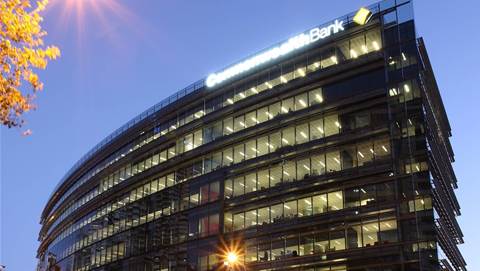Microsoft has been experimenting with glass as a data storage medium for some years, and is now pivoting that research towards long-term data centre storage.

First mooted in 2017, Project Silica targeted the shortcomings of magnetic storage – that magnetic storage deteriorates over time and has to be re-copied onto new storage.
In 2022, a collaboration with Elire Group demonstrated a proof-of-concept using Project Silica technologies for the Global Music Vault.
As explained here, Project Silica has two key technologies: femtosecond lasers to write data onto specialised glass plates; and “polarisation-sensitive microscopy using regular light” to read the data.
The lasers write data to the plates as voxels – three-dimensional pixels.
The low-energy read process means there’s not enough power for a reader to ever overwrite the data, Microsoft said, and the mechanical design means there’s no way to accidentally put media into a writer.
In a recent video update to Project Silica, deputy lab director at Microsoft Research Cambridge Ant Rowstron explained the appeal of the technology in an archival application.
“If we carry on the way we’re going, we’re going to have to concrete the whole planet, just to store the data that we’re generating.
“A hard disk might last five years; a tape? Well, if you’re brave, it might last 10 years.”
Glass, on the other hand, is durable: it can be abused (Rowston cites boiling water), even scratched, and remain readable.
The Project Silica storage is designed to use glass plates the size of drink coasters to carry multiple terabytes of data, potentially for thousands of years.
In Microsoft’s vision, handling of the archival plates would be delegated to robots so humans can’t drop a plate; and Microsoft’s Azure AI has a role converting raw data read from the plates into standard computer-readable formats.
That means the robots are the only element of a library needing energy – the plates themselves are entirely passive.


_(20).jpg&h=140&w=231&c=1&s=0)

.png&h=140&w=231&c=1&s=0)




_(26).jpg&w=100&c=1&s=0)

 iTnews Executive Retreat - Security Leaders Edition
iTnews Executive Retreat - Security Leaders Edition











_(1).jpg&h=140&w=231&c=1&s=0)



